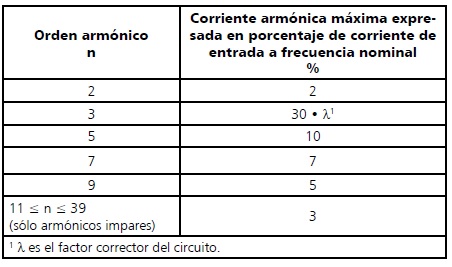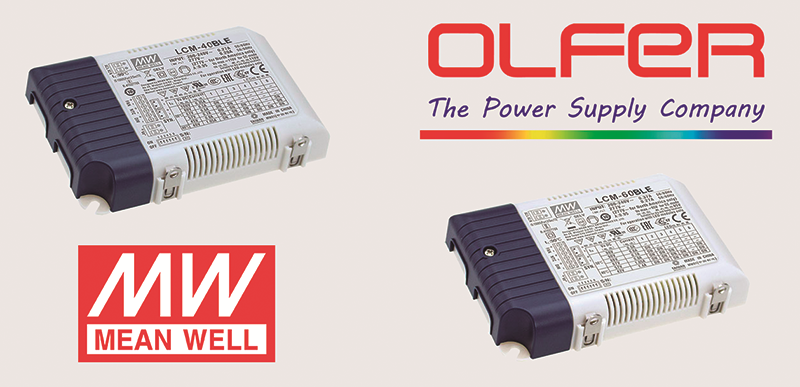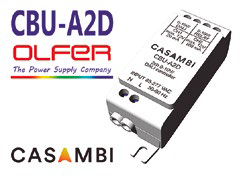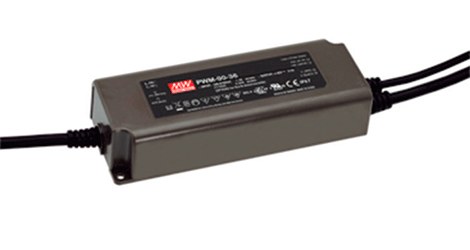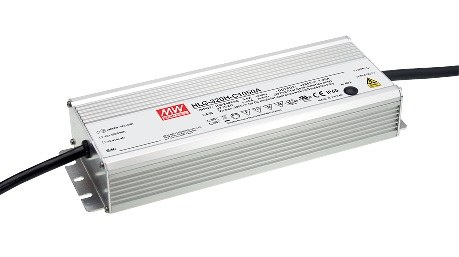Any LED driver with an output power equal to or greater than 25W must meet the harmonic current requirement according to IEC-61000-3-2 (2014) in order to be CE compliant. This is due to the switching mode implemented inside each LED driver that can contaminate the quality of the AC signal that we receive from the public network. As a result, the LED driver needs to have a circuit mechanism to control and maintain the harmonic current at low levels when we subject it to dimming systems in order to guarantee correct operation when we are not working at full load. However, these circuits are often designed to control the harmonic at full load only.
Therefore, we are faced with the following questions: Why the harmonic current measured by the driver in dimming cannot exceed the values indicated in table 2? What harmonic current requirements will we have when the driver works under light load or dimming conditions? There are two reasons:
1) The IEC-61000-3-2 standard in the 2014 edition does not specify the dimming harmonic current for LED equipment.
2) The pollution of the network in deep attenuation could become even less than that allowed in full load condition.
The contamination produced by the LED driver in dimming is less than that allowed in full load condition
Assuming the power factor is between 0,95 and 1, the acceptable total harmonic distortion (THDlimit) value according to Table 2 of IEC-61000-3-2 (2014) is shown below. Since the power factor will never be 1 and current external LED drivers with built-in active PFC circuitry have their power factor at least 0,95, we can take 33,5% as the limit value for full load conditions. With the harmonic distortion limited for full load and according to the calculation of the first point, we deduce that the dimming THD must be less than 134% to ensure that the harmonic contamination towards the network at the dimming level is always the least permissible under conditions full load.


